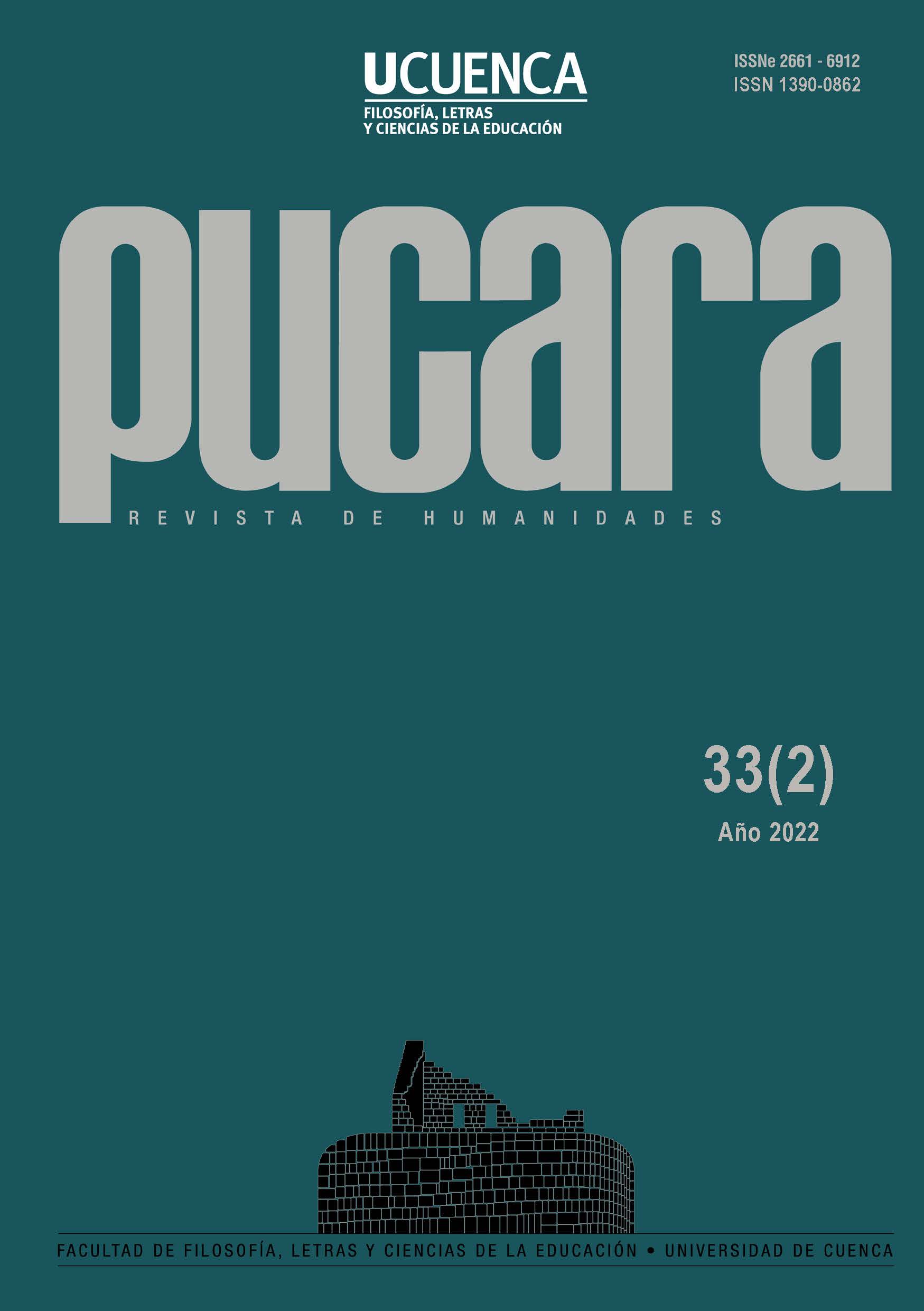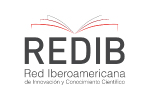Being an editor in Guayaquil and not die trying
DOI:
https://doi.org/10.18537/puc.33.02.09Keywords:
publishing field, memories, female editor, public policiesAbstract
This work is a personal inquiry into publishing in Guayaquil, which collects testimonies and data on a field that has given little space to independent and self-managed production, and which points directly to the institutional figure of the Casa de la Cultura Núcleo del Guayas as the main axis of publications for local and national writers. The construction of an intimate memory is the line that unites this research that evidences the case of the publishing house Cadáver exquisito as a unipersonal project that allows us to think about what it means to be an editor, the way in which a catalog is developed, and the tense relations between public instances and private practices where the editorial policies of Ecuador are developed.
Downloads
References
Archivos de entrevistas de Diario El Telégrafo de Guayaquil. Conversaciones con Marcelo Báez Meza.
Bordieu, P. (1992). Génesis y estructura del campo literario. Tauro ediciones.
Figueroa, A. (2003). “La noción del campo literario y las relaciones literarias internacionales”. El texto como encrucijada. Universidad de La Rioja. https://dialnet.unirioja.es/descarga/articulo/1011635.pdf
Saura, C., Querejeta. (1975). Cría cuervos.
Published
How to Cite
Issue
Section
License

This work is licensed under a Creative Commons Attribution-NonCommercial-ShareAlike 4.0 International License.
Copyright © Autors.

You are free to:
 |
Share — copy and redistribute the material in any medium or format |
 |
Adapt — remix, transform, and build upon the material for any purpose, even commercially. |
Under the following conditions:
 |
Attribution — You must give appropriate credit, provide a link to the licence, and indicate if changes were made. You may do so in any reasonable manner, but not in any way that suggests the licenser endorses you or your use. |
| NonCommercial — You may not use the material for commercial purposes. | |
| ShareAlike — If you remix, transform, or build upon the material, you must distribute your contributions under the same license as the original. |
| No additional restrictions — You may not apply legal terms or technological measures that legally restrict others from doing anything the licence permits. |












